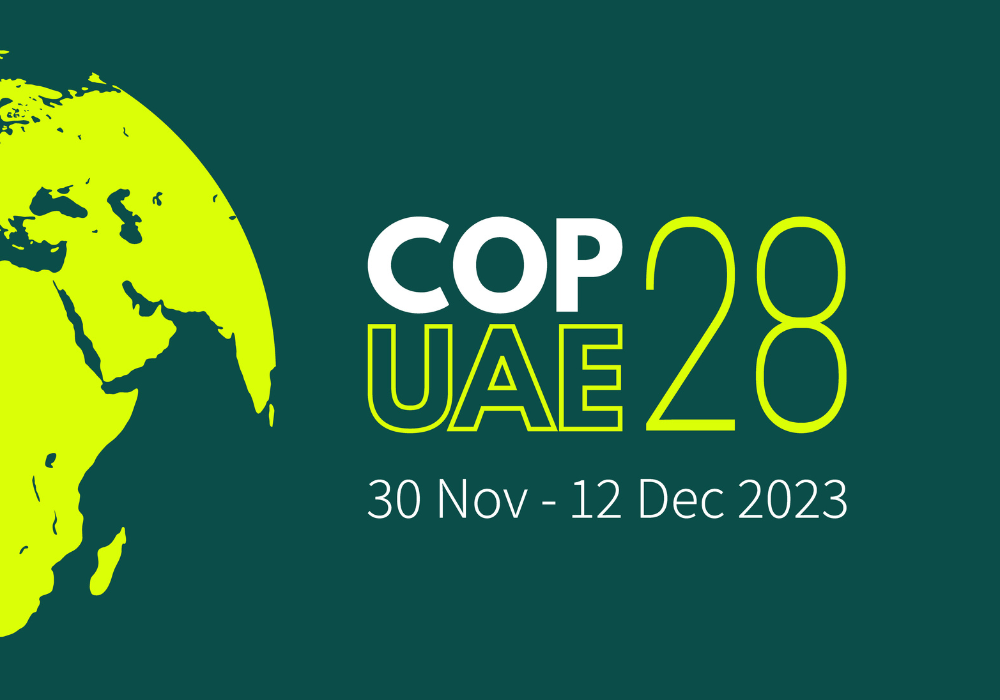
The United Nations Climate Change Conference of 2023, also called COP28, was set up to be a historic acknowledgment of the dangers of climate change by most countries around the globe. Health would finally be at the forefront of discussions, a welcome emphasis after 30 years of discord. This conference proved to have some obvious benefits but also had several failings, particularly related to demanding swift actions against the devastating effects of a hotter planet.
The biggest net positive to come out of the conference was the statement, delivered by the COP28 presidency, that climate change is the greatest threat to human health in the 21st century. Events and documents relating to the effects of climate change were organized and signed with an unprecedented level of stress on health. Nations conceded that the effects of temperature increases are already being felt globally, and that the responses to this threat have been slow, unequal, and inadequate. The COP28 presidency worked to develop plans to equalize the response, and to fund necessary action against climate change, especially in lower-income countries.
Although many plans have been made, it is difficult to know whether they will be implemented with more speed and efficiency than previous attempts. Many of the goals set out at COP28 are proving to be unreasonable––at times impossible––without governments taking much more aggressive actions. Twenty-seven previous meetings also made promises to take bold action to curb greenhouse gas emissions, yet the world is nowhere near on track to meet the thresholds outlined during COP28 or in previous conferences.
From this shift to stronger legislation surrounding the mitigation of climate disasters came several initiatives and funds, including the Loss and Damage Fund, where wealthier nations pledge to fund disaster recovery in low- and middle-income countries (LMICs).
One major hurdle that must be overcome will be determining when a disaster is caused by climate change. The lack of adequate and consistent record-keeping in many LMICs makes it difficult to use data to attribute the correct amount of culpability to climate change. Without this information, it will be a challenge to determine exactly how much damage falls under the Loss and Damage Fund.
Another major obstacle will be meeting the economic needs of vulnerable populations. Currently, $661 million has been contributed to the fund, however, this is only 0.17% of the estimated cost of damage annually, and this is still not taking into account the losses and damage outside of infrastructure and the economy.
Also stemming from the scarcity of funding is the impossible task of deciding who gets the funds, as there is not enough to go around. Measuring a population’s vulnerability is a tricky metric. Attempts have been made to assess a country’s vulnerability to disaster, such as the establishment of the INFORM Risk Index which aims to quantify a nation’s “risk of a humanitarian crisis.” Such indices however are approached with skepticism due to lack of reliable and consistent data.
Lastly, the issue of who gets to decide how to allocate the funds is proving a contentious one. It is currently decided that the World Bank in Washington D.C. will host the fund, although vulnerable countries question how appropriate it is for the United States, the bank’s largest shareholder, to also elect the bank’s president and make the big decisions. Having higher-income countries administer the funds raises the question of whether they will consult recipient nations when deciding how money is distributed and utilized as culture has historically been ignored in the recovery process.
The Paris Agreement in 2015 pledged to return global temperatures to only 1.5 degrees Celsius above preindustrial levels. To meet that goal, emissions would have to be reduced much more rapidly than they are currently. A strategy to get on pace to achieve the Paris Agreement objectives has yet to be developed, and the necessary funding for these substantial projects remains yet to be established.
Although COP28 has made a big leap in its inclusion of health as a critical issue at the center of climate change, it may prove to be as ineffectual as prior conferences without the following changes going forward: the implementation of more drastic mitigation strategies, the establishment of clear sources of funding, and the confirmation of logistical details in carrying out the strategic plans.
By Sarah Ortega
